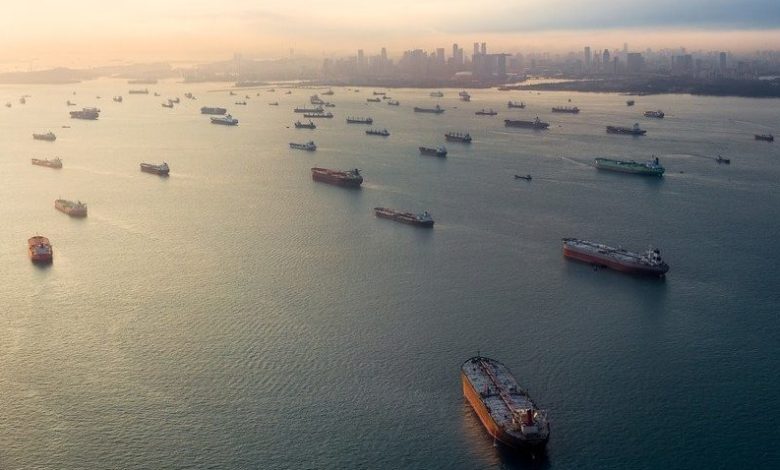Floating storage demand picks up as crude picks itself off the floor

The standoff between Russia and Saudi Arabia on oil production shows no sign of ending soon, however prices for crude picked up today after suffering their greatest one-day plunge for nearly 30 years on Monday.
Brent crude rebounded 5% to $36 a barrel on Tuesday, while the US marker West Texas Intermediate rose to $33.
Nevertheless, with the price of Texan crude still cheaper than the actual barrel it comes in, most tanker analysts are predicting a swift rise in demand for floating storage.
In a note to clients yesterday, New York-based Poten suggested: “Increasing oil supply at significantly lower prices in a market with weak demand fundamentals should lead to an increase in demand for floating storage. That is indeed happening. We are seeing several deals being negotiated for short-term (6-12 months) charters, with one already concluded. The fall in oil prices has made floating storage more attractive, although the margins are still relatively thin.”
Amid a flurry of tanker-related reports published yesterday, Jonathan Chappell, an analyst at Evercore ISI, suggested that tanker shares were set to soar based on a precedent set the last time OPEC members ramped production five years ago.
“We already have a recent playbook for how these developments may unfold, from November 2014 through 4Q15, the last time OPEC pursued a free-for-all production plan. Demand for tankers jumped, which along with the removal of ships from the trading fleet for floating storage associated with a deep contango price structure in the oil market, resulted in the strongest spot rates since the financial crisis and massive share-price outperformance for tanker stocks,” Chappell pointed out.
Cleaves Securities was more circumspect, warning that uncompetitive US exports could hurt tonne-mile demand.
“Increased supply of oil could have positive near-term impact on tanker earnings from transportation and storage economics, but negative medium-term implications as lower energy prices leads to less E&P in the US which a very tonne-mile intensive trade,” Cleaves noted in its latest weekly report yesterday, pointing out that there is strong correlation – R²=0.93 – between the WTI and US rig count with a 16-week lag.
“The rout in oil prices has led to a developing storage story for large crude oil tankers, for the first time in a long time. Given the current steep contango in the Brent oil futures curve, a VLCC could theoretically earn $79,127/d for one year by storing crude. Given the latest quoted one-year timecharter rate for a VLCC at $30,000/d, on oil trader could theoretically lock in a one-year profit of $16.4m in today’s market. Although these numbers are theoretical, there is undoubtfully a massive potential for profit in today’s market from using large crude oil tankers to store oil. This will likely support oil tanker earnings, all-else-equal,” Cleaves predicted.
